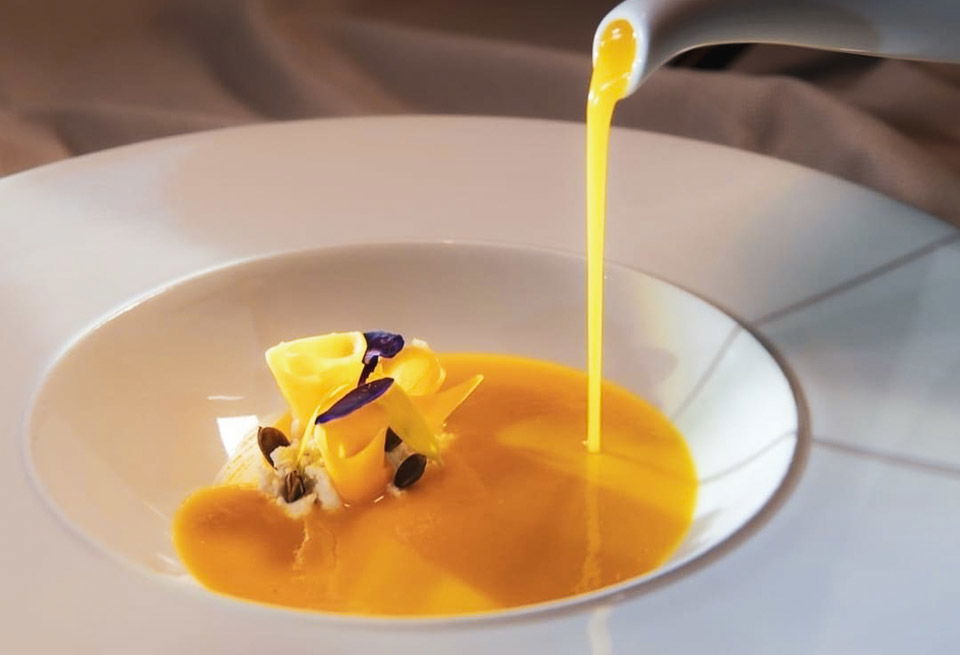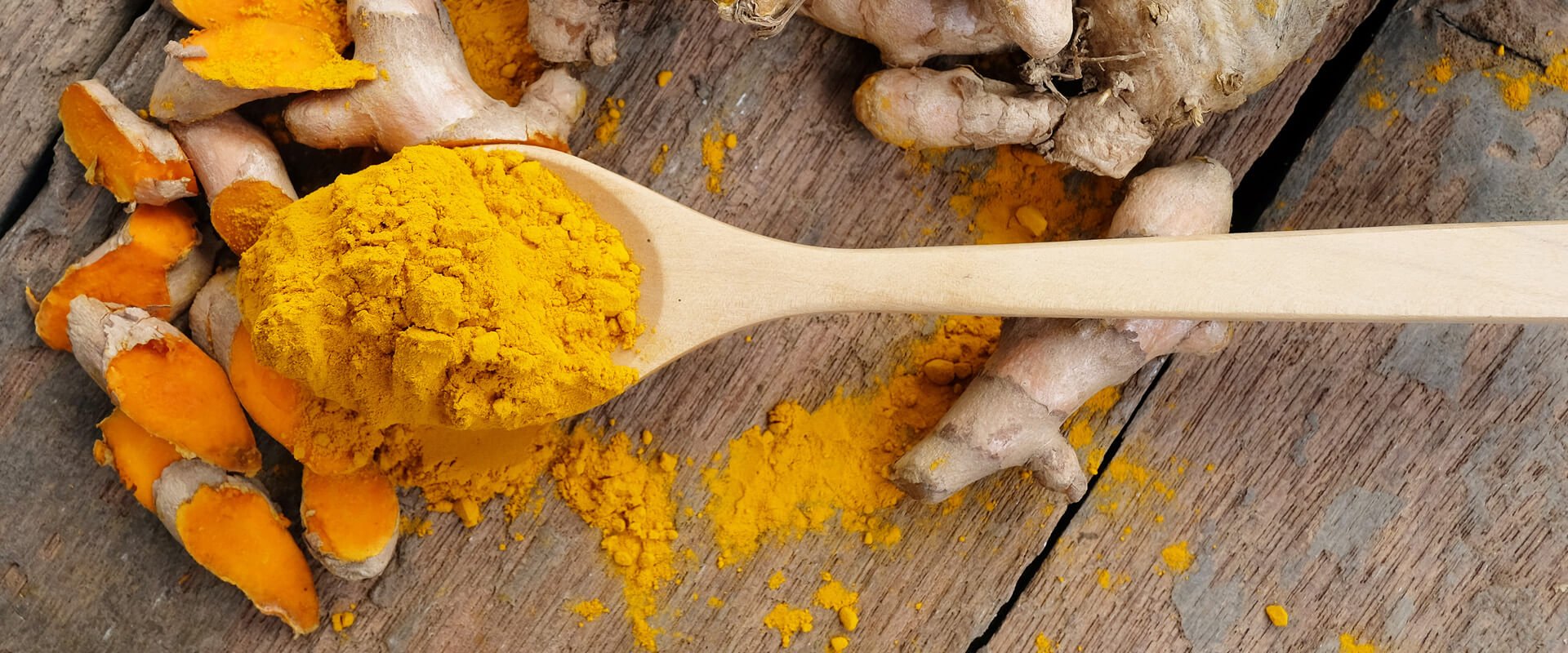
Turmeric - a golden spice, worth its weight in gold!
Many historical documents describe turmeric as the queen of spices and it is one of the basic medicines in Ayurvedic medicine, the ancient Indian science of health and life and the oldest medicine in the world.
A HISTORY LONGER THAN THOUSAND YEARS
Although until recently we were a market where the use of spices was mostly reduced to pepper, ground paprika and salt, which is not actually considered a spice, with the strong development of the culinary scene, numerous well-known culinary TV shows, famous chefs and web content with original recipes, new trends were created and the interest and demand for new flavors, aromas and spices expanded rapidly.
One spice that recently became very popular is turmeric, which has been used in the East for thousands of years.
Obviously, the Eastern culture had a lot of knowledge about turmeric even before our era, which we are only now discovering. Let's go back in history for a moment.
THE ORIGIN OF TURMERIC
The traditional spice and medicinal plant turmeric, a tuberous plant from the ginger family, originates from Asia, where it has been used for more than 5,000 years. The Indians used it primarily for its medicinal properties and added it to almost all dishes and popularized it as a spice. Throughout history, it has been called by many names, such as "Indian saffron", "golden spice", "golden root" and even "saffron for the poor", since it resembles saffron in color, but is much cheaper.
QUEEN OF SPICES
Many historical documents describe turmeric as the queen of spices and it is one of the basic medicines in Ayurvedic medicine, the ancient Indian science of health and life and the oldest medicine in the world.
Although it has proven its role in medicine and gastronomy throughout history, Western culture began to seriously explore and accept it only at the end of the 20th century.
Turmeric has long been best known as a key ingredient in curry, but it is becoming an almost inevitable ingredient in almost all national cuisines, either for its flavor or its golden-yellow color. Since ancient times, it has also been used as a dye for food and textiles. On product declarations, it is marked as additive E100, which is not harmful to the body.
TURMERIC IN THE KITCHEN
Turmeric can be used in cooking in different ways and with many foods, as a basic spice or as a secondary aroma that unites flavors and binds other spices.
If you have not used it in the kitchen before and you are not sure how to start, we suggest that you include it in your daily menu - begin with it as an addition to some basic dishes that you consume every day, and then expand its use and experiment with new recipes.
To begin with, you can enrich your scrambled eggs with a pinch of turmeric to test its taste, and since the colors are complementary, you won't have strange shades on your plate.
You can add it to pumpkin, sweet potato, carrot, cauliflower soups and classic homemade chicken soup. Turmeric is most often used with rice, so try adding turmeric to your side dish of rice and risotto, in order to visually play up the somewhat boring white color and enrich it with an exotic taste.
It is excellent as an addition to stews made of beans, leeks, lentils, green beans, for marinating vegetables and meat, especially chicken, pasta dishes, but also as an addition to sweet dishes such as orange biscuits or carrot cake.
Start with a pinch of turmeric and gradually increase the amount until the taste suits you. You can add it during cooking and to an already prepared dish.
There are numerous uses for turmeric and there is no reason to leave it out of your menu!
TWO MAIN SORTS OF TURMERIC:
- Kurkuma Madras is light yellow in color and mostly available for culinary use. It has been mostly used for coloring curry, mustard and pickles. Kurkuma Madras has approximately 2,5 % of curcumin.
- Allepey Kurkuma is much darker in color. It has on average 5 % but can have up to 6,5 % of curcumin, which makes it a better colorant with extraordinary notes of fresh turmeric flavor. Allepey Kurkuma is more similar to the taste of fresh turmeric and has a lightly earthy aroma with surprisingly gentle aromas of lemon and mint, reminding on it's cousin - ginger. The texture is "oily" because of the higher amount of curcumin.
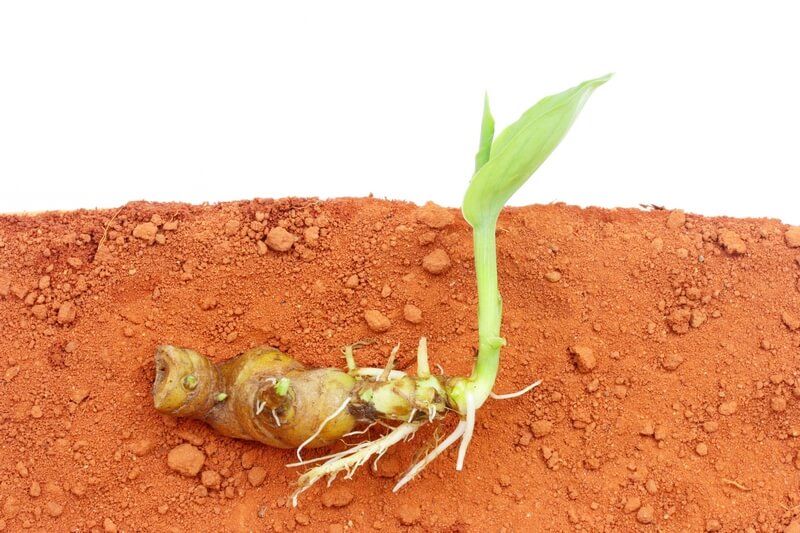
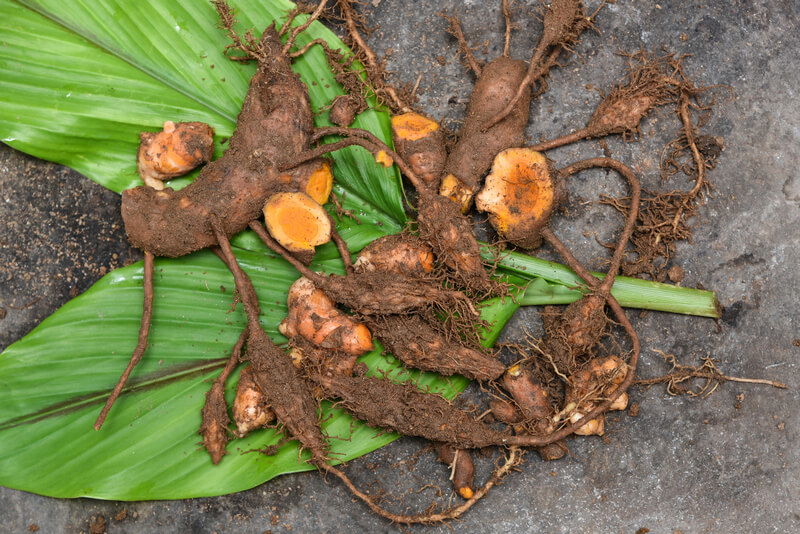
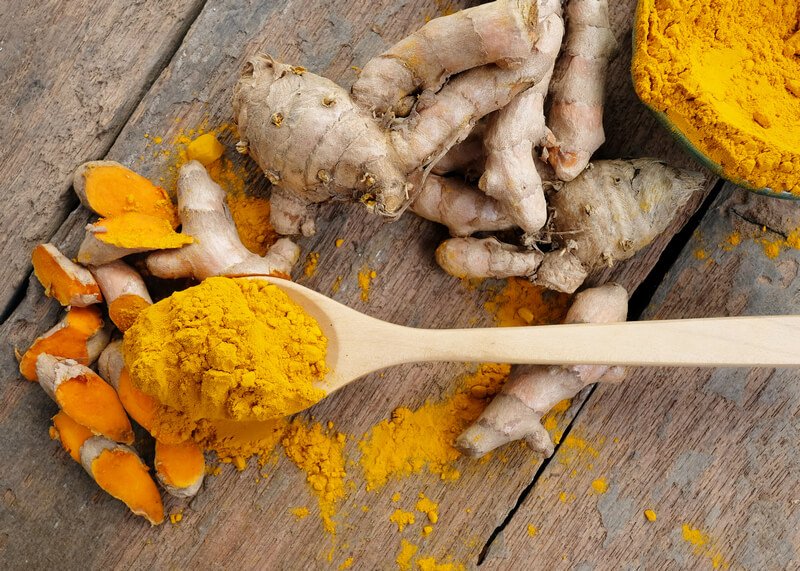
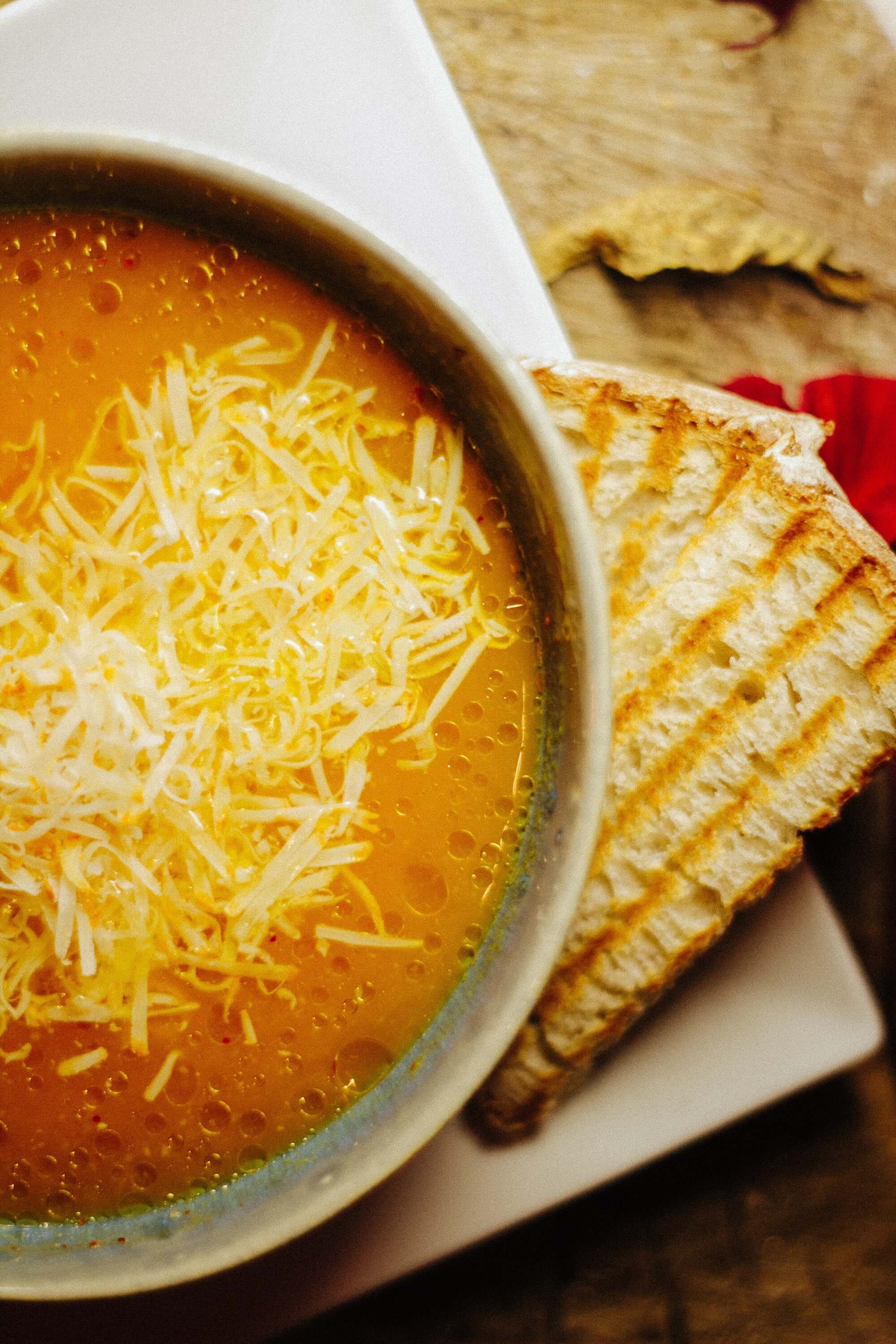
Latest Recipes
We bring you tried and tested recipes of our favorite dishes, culinary tips, and suggestions on how to best combine spices and ingredients for a complete sensory experience.
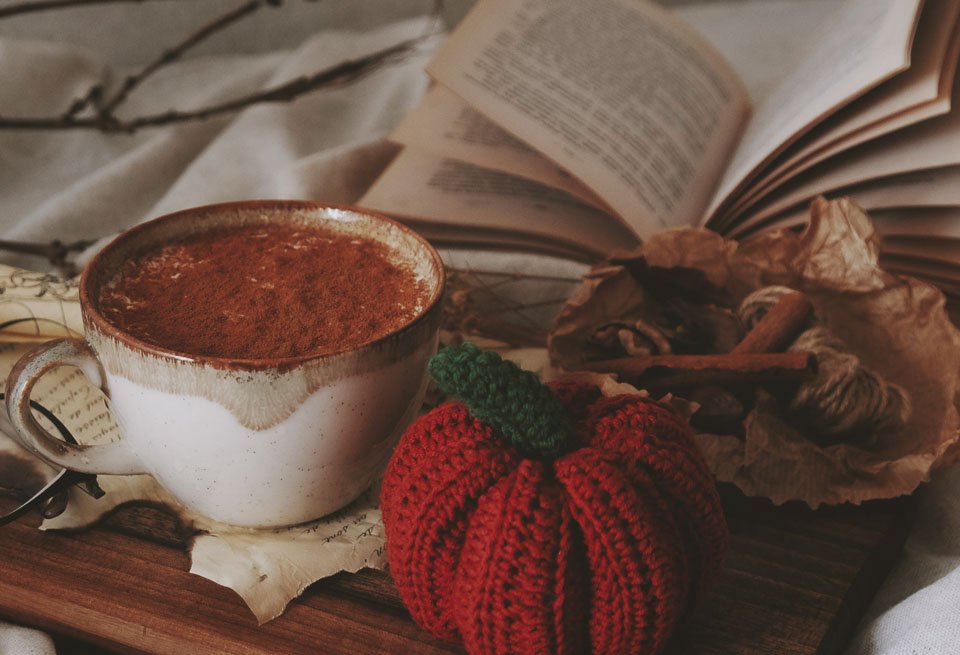
Pumpkin spice latte - The finest coffee with pumpkin flavor
Welcome the first days of autumn with the finest homemade pumpkin spice latte drink bursting with the scents and aromas of autumn.

